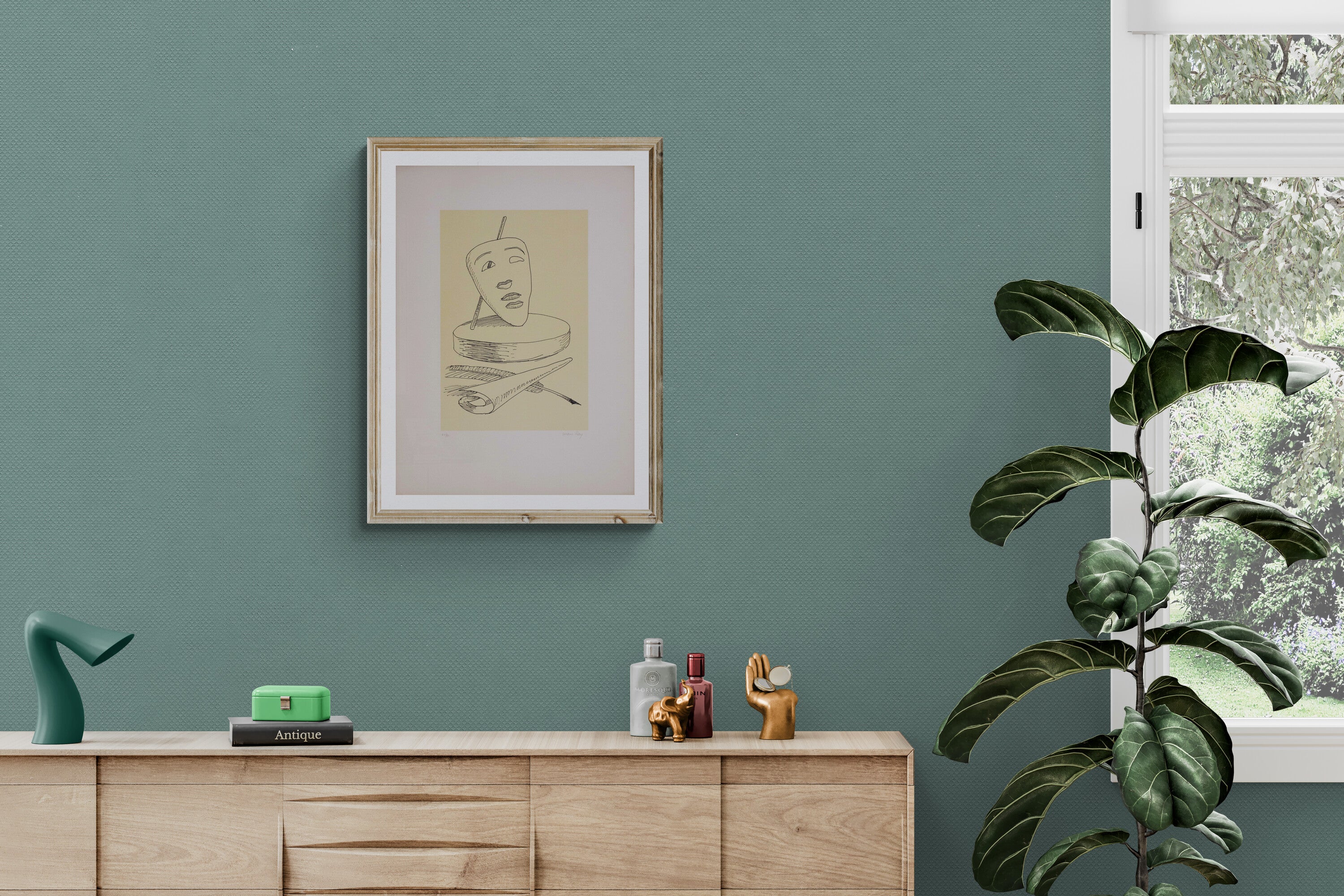Ugo Attardi biography

Ugo Attardi was an Italian painter and sculptor of the 1900s. He was born in Sori, a city near Genoa, in 1923. His father was a trade unionist and a leading figure in the Seafarers' Federation. The family soon moved to Palermo, where his father was born, and it was there that Ugo Attardi began to take an interest in painting. Already from his early youth he showed a strong passion for art which led him first to attend the artistic high school in Palermo and subsequently, in 1941, to enroll in the Faculty of Architecture, but due to the war he was unable to graduate.
In 1945 he went to Rome and remained a guest of Renato Guttuso and Pietro Consagra. In the following years he was fortunate enough to meet other figures of high value in the artistic sector such as Mino Guerrini and Achille Perilli, with whom he would begin an abstract style artistic movement. The post-war climate, full of stimuli and desire for change led him to train and realize himself in his art.
The fifties will bring about a turning point: he decides to direct his gaze towards expressionism and chooses to actively participate in politics by offering his commitment to the Communist Party. It will be the desire to seek novelty that will lead him to move away from abstractionism to experiment with his own vision of expressionism.
For two years, in 1952 and 1956, Ugo Attardi was invited to exhibit at the Venice Biennale and in Trastevere with great success, probably also helped by the crisis of realism that was creeping into art galleries.
In the 1960s, after a trip to Spain, he began to develop a passion for classics and historical studies. This new research of his will lead him to create the Drapellone of the Palio di Siena. In recent years Ugo Attardi travels abroad a lot and exhibits his works all over the world. Participates in national and international exhibitions in Paris, London, Moscow, New York.
In Rome, together with other young artists, he founded the Pros and the Cons: a movement born from the pure need to go beyond and overcome abstractionism, proposing figurative painting.
At the end of the 1960s he began the creation of numerous sculptures including the bas-relief "Addio Che Guevara" from 1968. In this period he also began to work with wood, creating "The Arrival of Pizarro" or, among his bronze works, the enigmatic and sensual work "La Maga".
At the beginning of the Seventies, however, he created public works, such as the group "The vessel of the Revolution" as a tribute to France by the Italian Government for the bicentenary of the storming of the Bastille. In 1971 he also won a fiction prize with his "The Heir and the Savage".
In the 1980s, however, he was honored with two exhibitions in his honor in Milan and Ferrara.
The nineties saw the birth of two of his most famous works including The Lords of the Norman, which he created in 1992 for the Palermo airport, and L'Ulisse, located in the greenery of Battery Park in New York.
In 2000, Ugo Attardi participated in the first Biennial of contemporary Italian engraving held in Campobasso at Palazzo d'Ovidio. In the same year he exhibited an anthological exhibition at the Centro Borges in Buenos Aires, Argentina.
In the following years he gave Pope John Paul II a monumental sculpture called Il Cristo which today can be visited in the Vatican Museums.
In 2004, to celebrate the entry of the Republic of Malta into the European Union, the monumental sculpture Aeneas was placed in the port of Valletta in Malta. In 2006, the day after his death, the city said goodbye to him with a public ceremony in which numerous artists, writers, poets and critics also participated. A year later the work entitled Luminosity was exhibited at the Palazzo Reale in Milan and coinciding with the anniversary of the death of his beloved Pope, it was inaugurated at the Casa d'Arte Ulisse an exhibition in his honor in Rome.
For Ugo Attardi, works of art had a particular purpose, that is to make appearances come true. In this case, the term "appearance" has the meaning of both "apparition" and "semblance". And he wanted to give his own and autonomous life to his art.
Ugo Attardi passed away in 2006 in Rome at the age of 83.




: invalid url input -->)